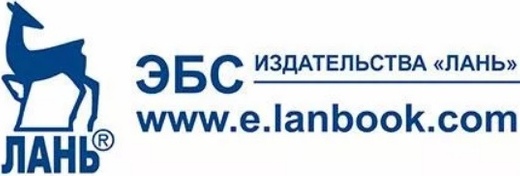Motivation as a management tool human resources in modern organizations
The article discusses the issues of motivation, its varieties and the impact on labor productivity. Numerous theories of motivation began to appear even in the works of ancient philosophers. Currently, there are more than a dozen such theories. To understand them, it is important to know the background and the history of their occurrence. The origins of modern theories of motivation should be sought where psychological knowledge itself first arose. Nowadays, motivation as a key strategy in human resource management, has helped practitioners to raise the issue of motivation to a large extent for discussion. Steers, Mowday and Shapiro argued that employee motivation plays a vital role in management, both theoretically and practically. The goal of performance management is to improve the quality of work, productivity, and other business processes, but traditional approaches are constantly failing. In today's economy, many companies can no longer afford the luxury of using money as a motivational tool. The results of the study will help expand the view on the whole block of human resources management – activating employees, which includes the development and motivation of employees. Global changes in the labor market affect the needs of employees and form new tasks to solve.
Pritvorova T. P., Tasbulatova B. K.(2019), Motivation as a management tool human resources in modern organizations. Research Result. Business and Service Technologies, 5(3), 49-55 DOI:10.18413/2408-9346-2019-5-4-0-6
















While nobody left any comments to this publication.
You can be first.
Amabile, Teresa M. (1993), "Motivational synergy: Toward new conceptualizations of intrinsic and extrinsic motivation in the workplace", Human Resource Management Review, Vol. 3, Issue 3, pp. 185-201.
Gallup, (2017), State of the American Workplace, Available at: https://www.swibeco.ch/en/motivation-work-gallup-2017/ (Accessed 09 October 2019).
Islam, R. and Ismail, A. Z. Hj. (2008), "Employee motivation: a Malaysian perspective", International Journal of Commerce, 344 p.
Maslow, A. (2003), Motivation and personality, 3rd ed., St. Petersburg, Peter, 351 p.
Mitchell, (1982), An Introduction to Organizational Behavior, Chapter 5, v.1.1
Motivation and its place in the process of activation of the company's staff. Available at: https://works.doklad.ru/view/Y8vy5f4wyk4.html (Accessed 09 October 2019).
Motivation as a management function, Available at: https://works.doklad.ru/view/WUj6PzCE2Fw/4.html (Accessed 09 October 2019).
Porter, L. and Lawer E. Available at: http://www.yourarticlelibrary.com/organization/motivation-organization/porter-and-lawler-model-of-motivation-with-diagram-2/63889 (Accessed 09 October 2019).
Povarich, I.P. and Slinkova, O.K. "The methodology and experience of a sociological study of job satisfaction among employees of enterprises", Polzunovsky Bulletin, 2006, 3-1, рр. 221-224.
Slinkova, O.K. and Skachkov, R.A. (2005), "Analysis of scientific approaches to determining the essence of goal-setting and its role in the management process", Bulletin of the Ural State University, 2005, 3 (59), pp. 65-72.
Wahba, M.A., and Bridwell, L.G. (1976). "Maslow Reconsidered: A review of Research on the Need Hierarchy Theory", Organizational Behavior and Human Performance, 15, pp. 212-240.